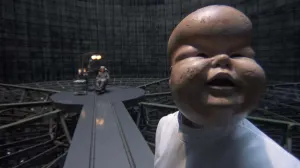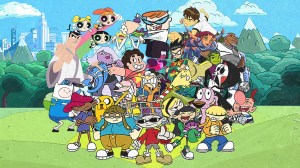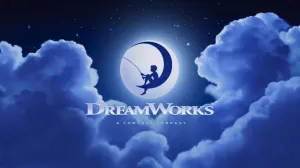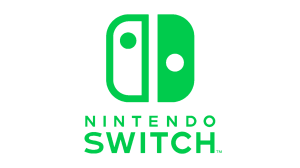Root: The Roleplaying Game takes the setting of the award-winning and popular strategy board game by Leder Games and uses it as the foundation for a roleplaying game focused on rogues and mercenaries trying to survive in a world at war. Set in a Woodlands dominated by three opposing factions, all of which have their own motivations, strengths, and weaknesses, Root: The Roleplaying Game is a new tabletop RPG by Magpie Games in which players create furry anthropomorphic animal vagabonds who band together to eke out their own path in life. Each vagabond has their own individual strengths, weaknesses, drives, and goals and can push the delicate balance of a Woodlands at war.
Videos by ComicBook.com
Root: The Roleplaying Game is a roleplaying game adaptation of Root, the award-winning asynchronous strategy game by Cole Wehrle and Patrick Leder and published by Leder Games. In the board game version of Root, players take control of one of several unique animal factions during a tense battle for control of a nameless Woodlands. Root was praised for both its innovative take on strategy war games and its delightful setting filled with fuzzy, wide-eyed characters who stabbed, oppressed, and subverted their way to victory. Root is basically a combination of Redwall without the delightful descriptions of food, all the brutal parts of Watership Down, or Mouse Guard but with a greater diversity of small animals trying to kill each other.
One of the four “factions” in the core Root board game is the Vagabond, an individual who thrives by helping the population of the Woodlands while simultaneously bargaining and sabotaging the other three factions. Since the Vagabond is the only “individual” found in the board game, it makes sense for Root: The Roleplaying Game to focus on a group of Vagabonds roguing their way throughout the Woodlands. In the game, players act as mercenaries or wanderers-for-hire, choosing their own path as various factions collide upon them. How they choose to respond to a Woodlands at war is up to them.
Those familiar with the Powered by the Apocalypse system will recognize the core mechanics of Root: The Roleplaying Game. Each player uses a Playbook to create a character with several unique moves, some of which relate to combat and others that relate to social interactions or more roguish behaviors. While Vagabonds are generally classified as “rogues” in fantasy terminology, some of the Playbooks give players the ability to customize their characters towards a more stalwart defender, a ranger, or a chaotic force of destruction.
Like other Powered by the Apocalypse systems, Root: The Roleplaying Game uses a 2D6 system to determine checks. Each check falls into one of five categories, with a 7-9 acting as a success with some sort of complication and a 10+ serving as a strong success or a success with an additional opportunity. Players add a modifier based on one of their five default stats (Charm, Cunning, Finesse, Luck, and Might) plus any benefits or disadvantages given to them based on their unique moves and abilities. The game also generally sticks with rather broad actions to allow players to maximize their opportunity to use their character’s abilities. For instance, a player might try to “figure someone out” to gain insight into an NPC’s motivations or true intentions, or they can “trust fate” when trying something outlandish or outside the scope of a normal action. Players advance when they fulfill one of their drives, gaining new abilities or increasing their core stats. Because of the roleplaying nature of this system, players have the opportunity to advance their character every session, although there’s not a power creep concern as players will always be limited by the amount of injury, exhaustion, or depletion they take before passing out.
There is a slight bit of crunch in Root: The Roleplaying Game not found in many other Powered by the Apocalypse-based games. For instance, players will need to keep track of their reputation and notoriety amongst the other factions, and their equipment will suffer wear throughout a game and could potentially need to be replaced. The reputation/notoriety system is one interesting way for players to suffer mechanical consequences for picking a side in the wars that define the world of Root. The only substantive weakness of the game is that the game insists of mimicking the clearing and route structure from the board game version of Root. While I understand the desire to bring over the major visual representation of the Woodlands setting to the board game, I personally think that the map doesn’t really lend itself well to the kind of fully fleshed out fantasy world that roleplaying games thrive in. Luckily, GMs are welcome to pick and choose what parts of the game they’ll use at their table and the map/setting mechanics aren’t that central to the game itself.
As a longtime fan of both Root and various novels, shows, and franchises featuring rodents with swords, I am inclined to like Root: The Roleplaying Game. The roleplaying game uses the board game as a solid foundation but finds ways to keep play interesting and focused equally on individual characters and faction warfare. If you’re a fan of Root or want to play as a raccoon with a sword who is happy to accept a bourgeois cat’s coin to kill a bunch of birds, you’ll enjoy Root: The Roleplaying Game.








